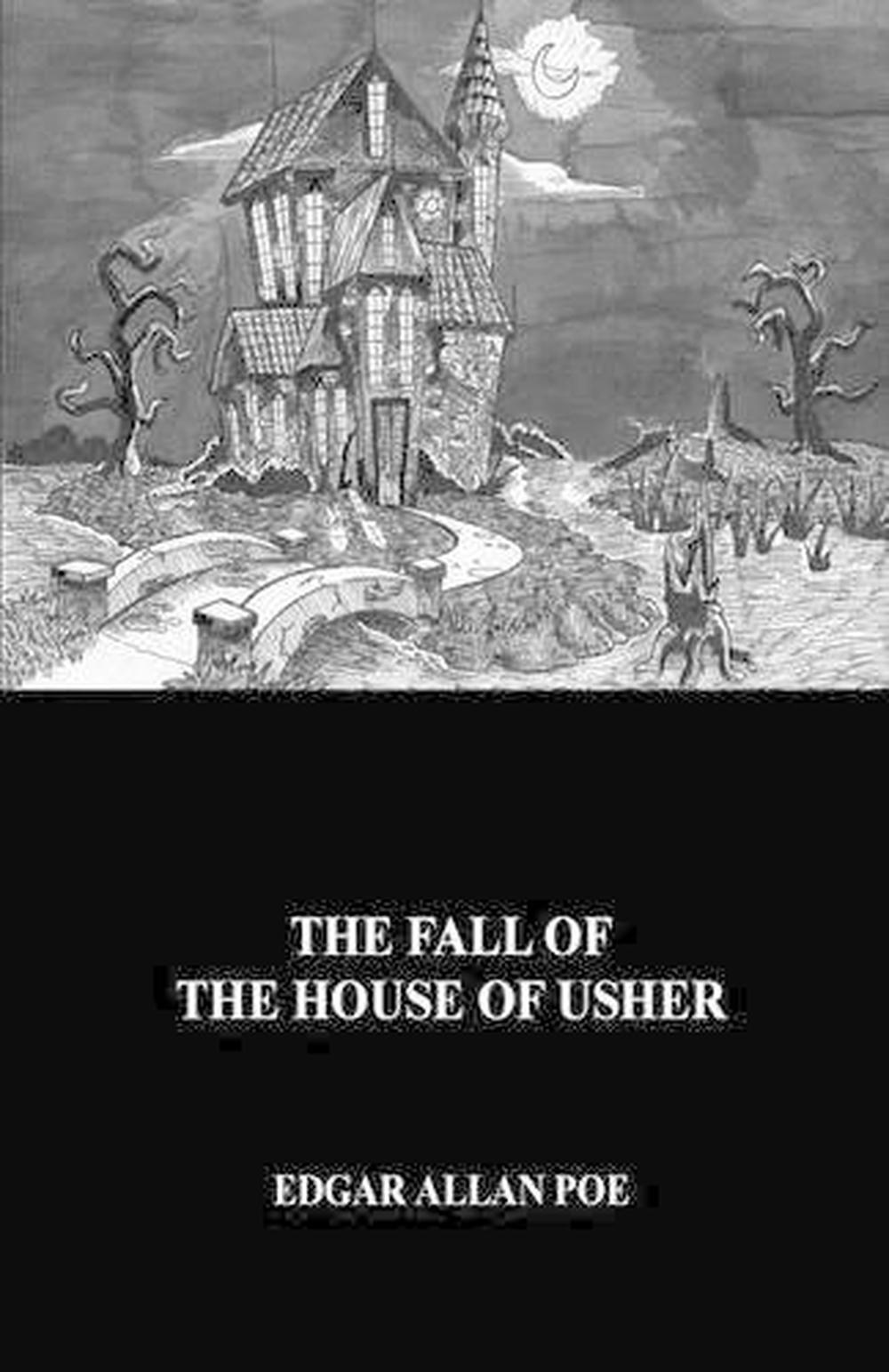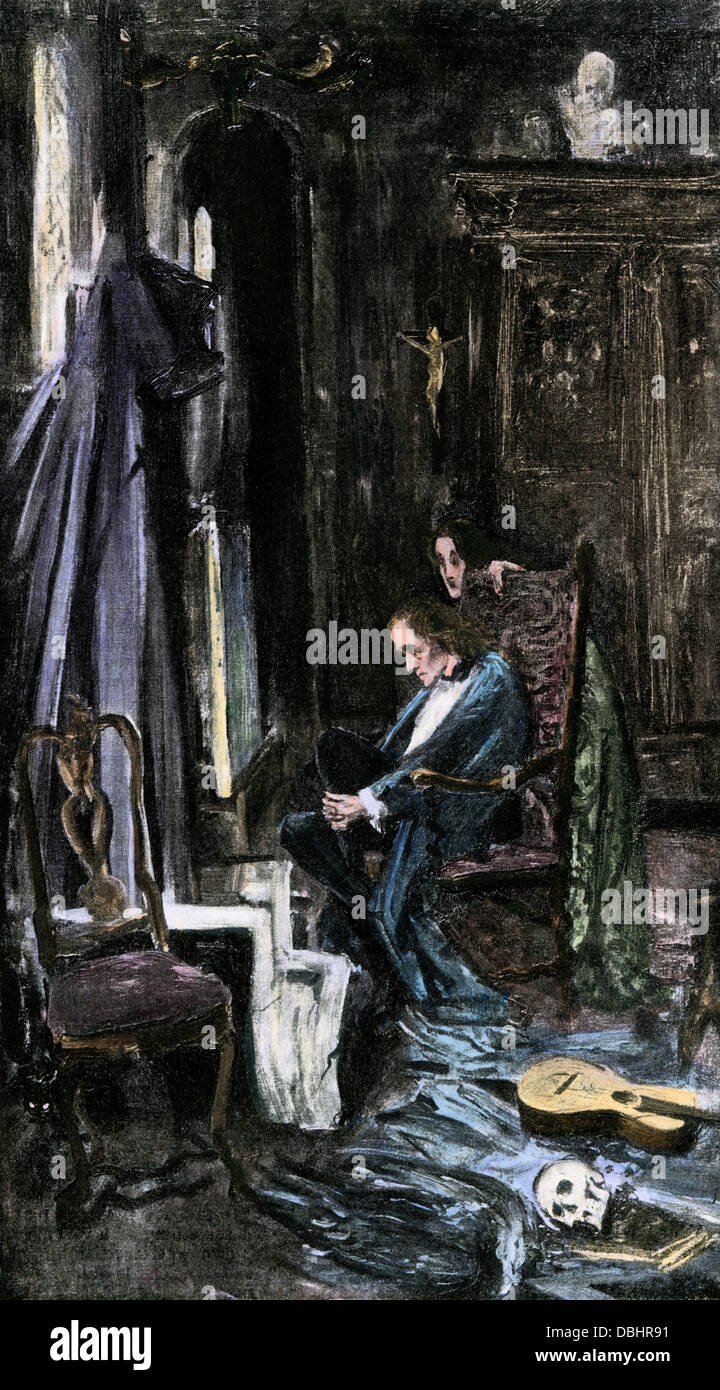Table Of Content
- Episode 2, "The Masque of the Red Death"
- Further reading
- All 'The Fall of the House of Usher' Poe References Explained - Netflix Tudum
- ‘Station 19’: Stefania Spampinato & Danielle Savre on a Spinoff & ‘Roller Coaster’ Final Episodes
- Crisis Vault
- What Do The Fall of the House of Usher Episode Titles Mean?

“It’s batshit crazy in the best possible way,” Carla Gugino told Netflix during production. “It has quite a lot of very dark humor, but also really touches the soul.” In the series, Gugino portrays a shape-shifter named Verna, whose origins can be traced back to a — let’s just say — very famous Poe character. “There is a fantastical supernatural element to the story, and she is the manifestation of that,” she added. As these first look photos and posters reveal, Verna isn’t one to be played with.
Episode 2, "The Masque of the Red Death"
His father disappeared not long after the child’s birth, and, at the age of three, Poe watched his mother die of tuberculosis. Poe then went to live with John and Frances Allan, wealthy theatergoers who knew his parents, both actors, from the Richmond, Virginia, stage. Like Poe’s mother, Frances Allan was chronically ill, and Poe experienced her sickness much as he did his mother’s. His relationship with John Allan, who was loving but moody, generous but demanding, was emotionally turbulent. With Allan’s financial help, Poe attended school in England and then enrolled at the University of Virginia in 1826, but he was forced to leave after two semesters. Although Poe blamed Allan’s stinginess, his own gambling debts played a large role in his fiscal woes.
Further reading
The story describes a hero, Ethelred, who breaks down the door to an evil hermit’s dwelling after being denied entrance (21). During the reading, the narrator believes he hears strange noises coming from deep within the house. In the story, Ethelred moves the dragon’s corpse to obtain an enchanted shield. When the shield clangs to the ground in the story, the narrator hears a similar sound somewhere in the house.
All 'The Fall of the House of Usher' Poe References Explained - Netflix Tudum
'The Fall of the House of Usher': All the Edgar Allan Poe references - Entertainment Weekly News
'The Fall of the House of Usher': All the Edgar Allan Poe references.
Posted: Thu, 12 Oct 2023 07:00:00 GMT [source]
Roderick sings "The Haunted Palace", then tells the narrator that he believes the house he lives in to be alive, and that this sentience arises from the arrangement of the masonry and vegetation surrounding it. Further, Roderick believes that his fate is connected to the family mansion. The finale is another episode that takes its inspiration from a few different Poe stories. The titular poem, "The Raven" references the tragic death of Roderick's granddaughter Lenore. Roderick and Madeline bricking up Griswold (Michael Trucco) behind a wall in the basement is the same unpleasant method of murder found in "The Cask of Amontillado", complete with fool's costume. Meanwhile, Madeline's death at the hands of her own brother is pretty much straight out of "The Fall of the House of Usher" — though his grisly technique is more akin to "Some Words with a Mummy."

Auguste Dupin, who appears in “The Murders in the Rue Morgue” (1841), “The Purloined Letter” (1845),” and “The Mystery of Marie Roget” (1845). “The Fall of the House of Usher” is a foundational Gothic text and helped to cement the Gothic aesthetic. This guide uses the Elegant Ebooks version of the text, which is freely available through the University of Pennsylvania library’s Online Books Page. This guide also maintains Poe’s use of the term “madness” to refer to physical and mental torment, the dark and delicate balance between reality and wild figments of the imagination. His name has since become synonymous with macabre tales like “The Tell-Tale Heart,” but Poe assumed a variety of literary personas during his career.
‘Station 19’: Stefania Spampinato & Danielle Savre on a Spinoff & ‘Roller Coaster’ Final Episodes
In “The Fall of the House of Usher,” the narrator visits his childhood friend, Roderick Usher. In 2002, Ken Russell produced a horror comedy version titles The Fall of the Louse of Usher. Some of these connections are fairly obvious due to the episode titles, others less so.
He paces around the room, and Roderick entersin a state of restrained hysteria. The storm intensifies, and objects in theroom glow with unnatural light from the mist that surrounds the mansion. Usher moves hischair to face the door, murmuring under his breath while the narrator reads tohim. The narrator comes to the scene in which the hero forces his way into thehome of a hermit and finds a dragon that he eventually slays with a mace. Ateach critical moment in the story, the narrator hears noises coming fromoutside the room.
Over the next week, both Roderick and the narrator find themselves increasingly agitated. Most of the episode titles are pretty cut and dry, with each giving the viewer a hint at what’s about to transpire. You see, instead of just adapting The Fall of the House of Usher, Flanagan and company used the titular story as a wraparound for what ultimately ended up being 8 adaptations in total. Each individual episode is a play on either a poem or a short story of Poe’s. Perhaps the cleverest bit here is that the story begins and ends with “The Raven,” but in different ways.
Summary: “The Fall of the House of Usher”
Complete digital access to quality FT journalism with expert analysis from industry leaders. Then $75 per month.Complete digital access to quality FT journalism on any device. In addition to referencing them multiple times, some of Poe’s poems are recited throughout the series. Long considered Edgar Allan Poe‘s masterpiece, “The Fall of the House of Usher” continues to intrigue new generations of readers. The story has a tantalizingly horrific appeal, and since its publication in Burton’s Gentleman’s Magazine, scholars, critics, and general readers continue to grapple with the myriad possible reasons for the story’s hold on the human psyche. These explanations range from the pre-Freudian to the pre–Waste Land and pre-Kafka-cum-nihilist to the biographical and the cultural.
Throwing the windows open to the storm, Roderick points out that the lake surrounding the house seems to glow in the dark, just as Roderick depicted in his paintings, but there is no lightning or other explainable source of the glow. Flanagan’s latest house of horrors is a work of fiction, one that’s deeply inspired by the works of Edgar Allan Poe. The stories all weave together to form the Usher family’s downfall, but some members of the show’s cast have individual chillers they’re partial to. A wealthy Virginia tobacco and tombstone merchant named John Allan took in the orphaned Edgar Poe, born January 19, 1809. The young Poe was eventually driven from his foster father by hatred into a life of drifting destitution. He became a writer as a means of survival and emotional release, and his writings were dominated by death, nightmares, corruption, madness, and by the haunting of the subconscious psyche.
There she remains for a week, as Roderick roamsthrough his house aimlessly, or sits and stares vacantly at nothing for longhours. Each character name gives a special shout-out to Poe in one way or another, but perhaps the most fun references are that of Roderick’s children. In the original The Fall of the House of Usher short story, Roderick Usher has no children. So, each of the Usher children’s names are a callout to a different work of Poe’s, but it’s not just his heirs that are named as homages to the famous poet. It’s been weeks, and I still can’t shut up about The Fall of the House of Usher.
In the spectrum of American literature, the Gothic remains in the shadow of the dominant genre of the American Renaissance—the Romance. Popularized by Nathaniel Hawthorne, Romantic literature, like Gothic literature, relies on haunting and mysterious narratives that blur the boundary between the real and the fantastic. Poe’s embrace of the Gothic with its graphic violence and disturbing scenarios places him outside the ultimately conservative and traditional resolutions of Romantic novels such as Hawthorne’s The House of the Seven Gables (1851). For instance, it has sometimes been suggested that Roderick’s relationship with Madeline echoes Poe’s own relationship with his young wife (who was also his cousin), Virginia, who fell ill, as Madeline has. But Virginia did not fall ill until after Poe had written ‘The Fall of the House of Usher’. At Roderick’s words, the door bursts open, revealing Madeline all in white with blood on her robes.
‘The Fall of the House of Usher’ is an 1839 short story by Edgar Allan Poe ( ), a pioneer of the short story and a writer who arguably unleashed the full psychological potential of the Gothic horror genre. The story concerns the narrator’s visit to a strange mansion owned by his childhood friend, who is behaving increasingly oddly as he and his twin sister dwell within the ‘melancholy’ atmosphere of the house. No one mentions Madeline, and Roderick spends his time painting, playingmusic, reading, and writing.
Apart from these levels of meaning, Poe's technical virtuosity has made the work a classic short story. Despite Poe's contempt for allegory, expressed most potently in his review of Hawthorne's Twice-Told Tales, he unmistakably depicts the gloomy mansion as representing the house of the psyche. All that remains is for Usher to enact his madness by premature burial of his cataleptic sibling.
Usher is a demonstration of the tenuous balance between sanity and insanity—a balance Poe certainly struggled with himself. American author Edgar Allan Poe wrote the Gothic short story “The Fall of the House of Usher” in 1839. It first appeared in Burton’s Gentleman’s Magazine published in 1839 and in Poe’s collection of short stories Tales of the Grotesque and Arabesque in 1840. Poe is considered one of the founders of Gothic and Romantic literature in the United States. He is best known for his poetry and short stories, which treat themes of mystery, ill-fated love, madness, the macabre, and the supernatural.
Shecries out and falls on her brother, and both die as she drags him to the floorwith her. The narrator flees the house with the storm still raging around him.He looks back to see the crack in the house widen and the tarn swallow theHouse of Usher. After looking at the reflection of the mansion in the tarn, or small lake,in front of the estate, the narrator believes he sees a heavy mist and vaporrising from the trees and house. He then takes a closer look at the ancientmansion and sees a crack zigzagging from the roof to the foundation, where itdisappears into the tarn’s shore.

No comments:
Post a Comment